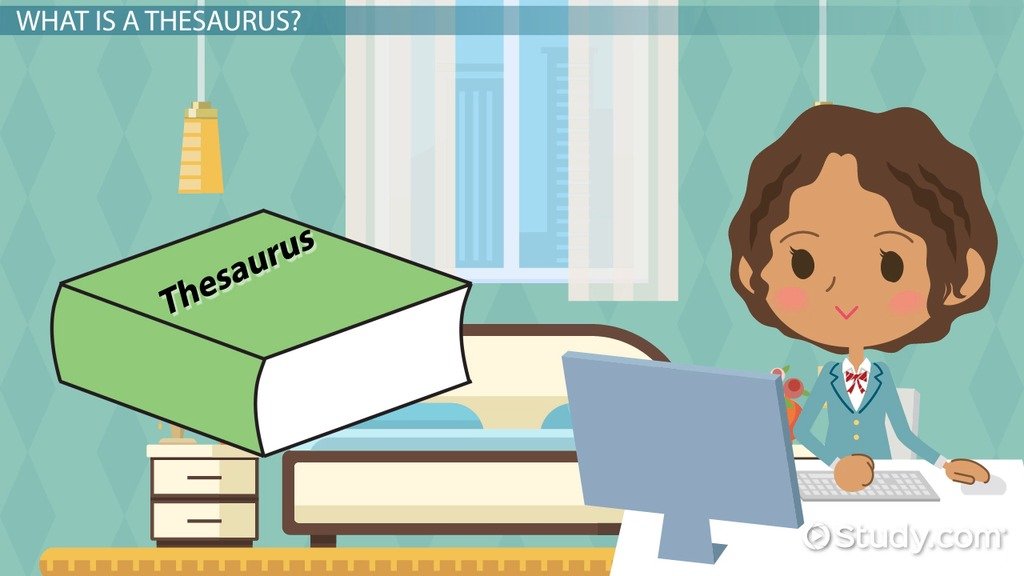Articles from this series
- Information science - Introduction
- Information science – Uniqueness and essential questions
- Information science – Philosophical approaches
- Information science – Paradigms
- Information science – Epistemologies
- Information science – What is information?
- Information science - Terminology (Knowledge, Document)
- Information science - Terminology (Collections, Databases, Relevance)
- Information science – Domain
Main source
Introduction to Information Science - DAVID BAWDEN and LYN ROBINSON

The organisation of information

The organisation of information is basically just classification, naming and categorization of the information. But doing it effectively is a complicated matter that is once again fundamental part of Information science.
Thesaurus

Thesaurus is a file of all the terms (connected to any given domain – explained in previous article) that were assembled. Those terms are later on used for indexation and recherché. Through “facet analysis” information scientists are trying to separate all the known terms into logically constructed divisions. An example could be “historic building”. Possible facets there are “purpose” (school, temple) “style” (Renaissance, Gothic), “material” (wood, stone) and so on. Since the thesaurus is available on the internet through databases, everyone has easy access to it. Moreover thesaurus can be combined with its very opposite, which is full text with selected key words and tags. Thus a place for all the terminology of a domain is created.
Metadata

Another aspect of the organisation of information is “making the data easy to find”. Metadata means “data about the data”. Basically all the data that is in the database about any give document is processed, the most important data with all the key words is selected and that file is the output of the database. In other words you do not find the document, but metadata about the document that can further navigate you towards the document.
Overtime the efforts to standardize the way the metadata are created occurred. If that was the case, the metadata would be exchangeable across all the institutions. Even though I’m strongly against the fact that it is enforced trough state regulation, it is helpful and would be happening…well…even if it wasn’t enforced. There is still though hell of a lot standards that are being actively used.
When the metadata is ready it can be assigned to the database. This process is called cataloguing. Cataloguing again has several standards and rules that have to be followed. Basically the goal is to enable the user to find a source when he knows either name of at least one author, title or subject. Moreover though they should help the user to find other sources created by the same authors, or sources dealing with the same subject.

